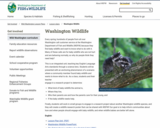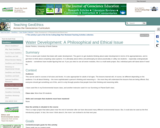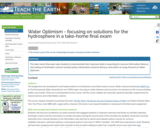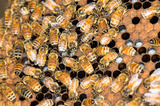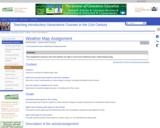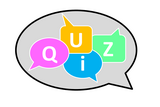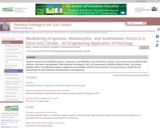Warm-ups are questions I assign on the reading. Students read the text, do the questions, and turn one copy of the answers at the beginning of every class. They also keep one copy. The questions range from very objective to extremely subjective, but I generally keep them more concrete and less speculative. In class, we will go over the answers at the point in the lecture they best apply. They make corrections (if needed) as we discuss the questions in class. At that point, I'm also very explicit about what a good answer entails and we even discuss how I might ask this on an exam. As the exam comes up, they know what questions are most important, because we've covered them in the warm-ups. If there was information that I could not cover in a warm-up but could only provide in lecture, I will point that out. In brief, Warm-ups help to accomplish the following things:
They help get students to read before class,
They provide another source of points based on rewarding them for
what they should already be doing,
They are the main source of exam questions,
They indicate to students what is most important to learn,
They provide students a format for assembling information and practicing answers for questions that will be on the exam, and
They help break my lecture into shorter segments interspersed with student interaction and feedback.
(Note: this resource was added to OER Commons as part of a batch upload of over 2,200 records. If you notice an issue with the quality of the metadata, please let us know by using the 'report' button and we will flag it for consideration.)



